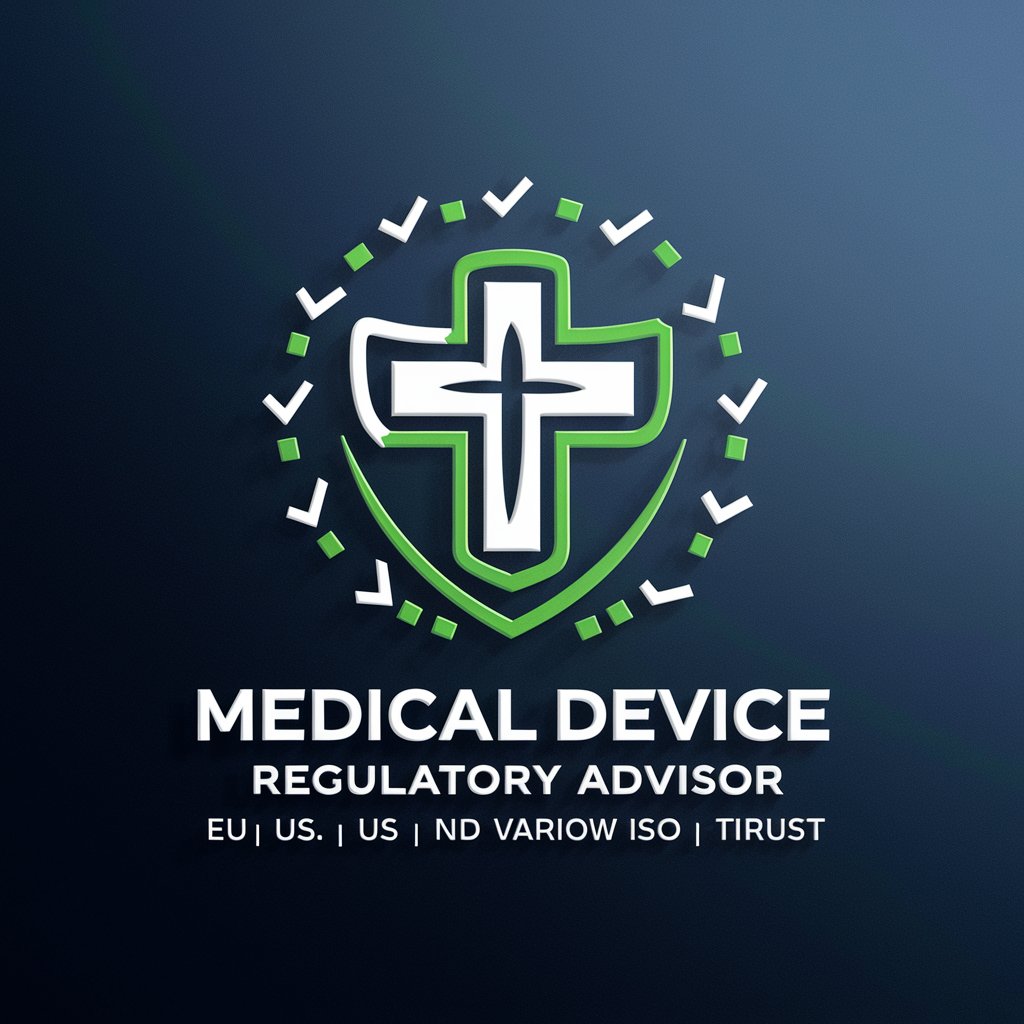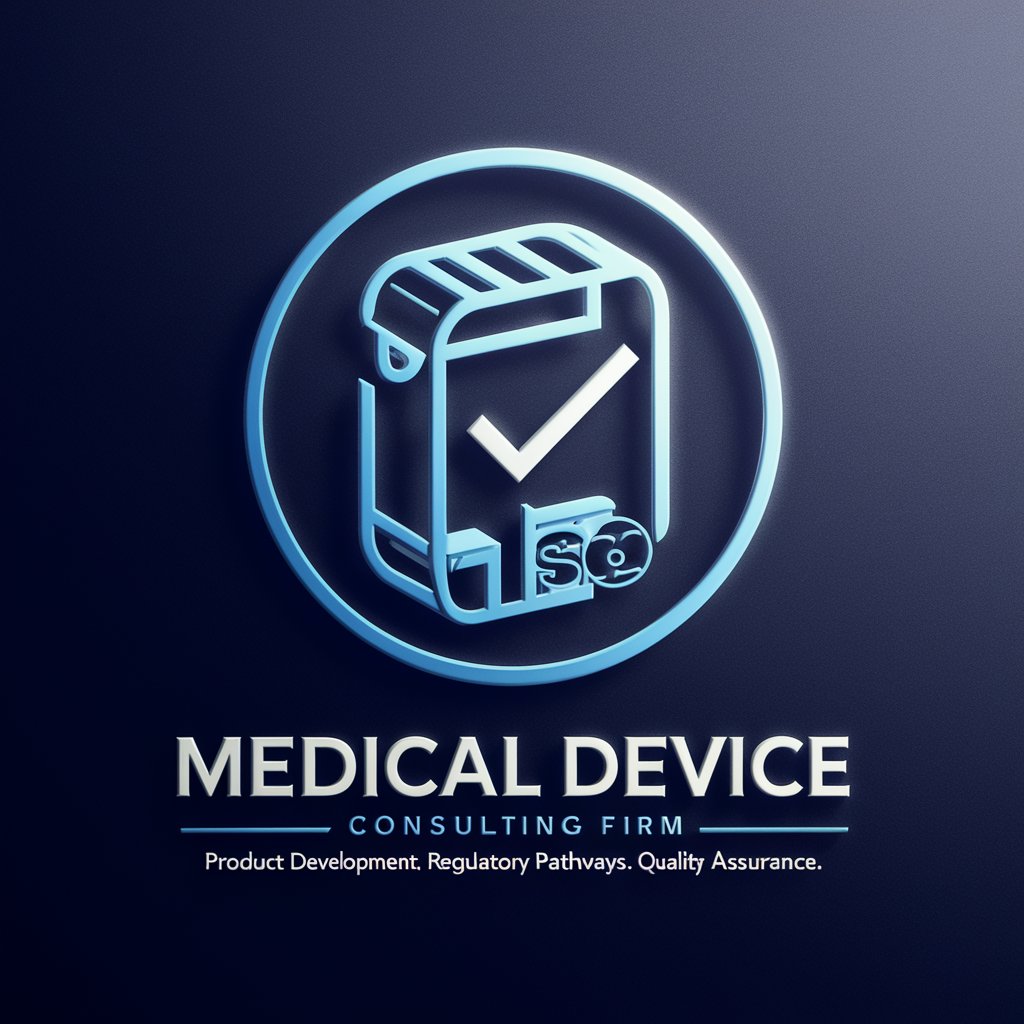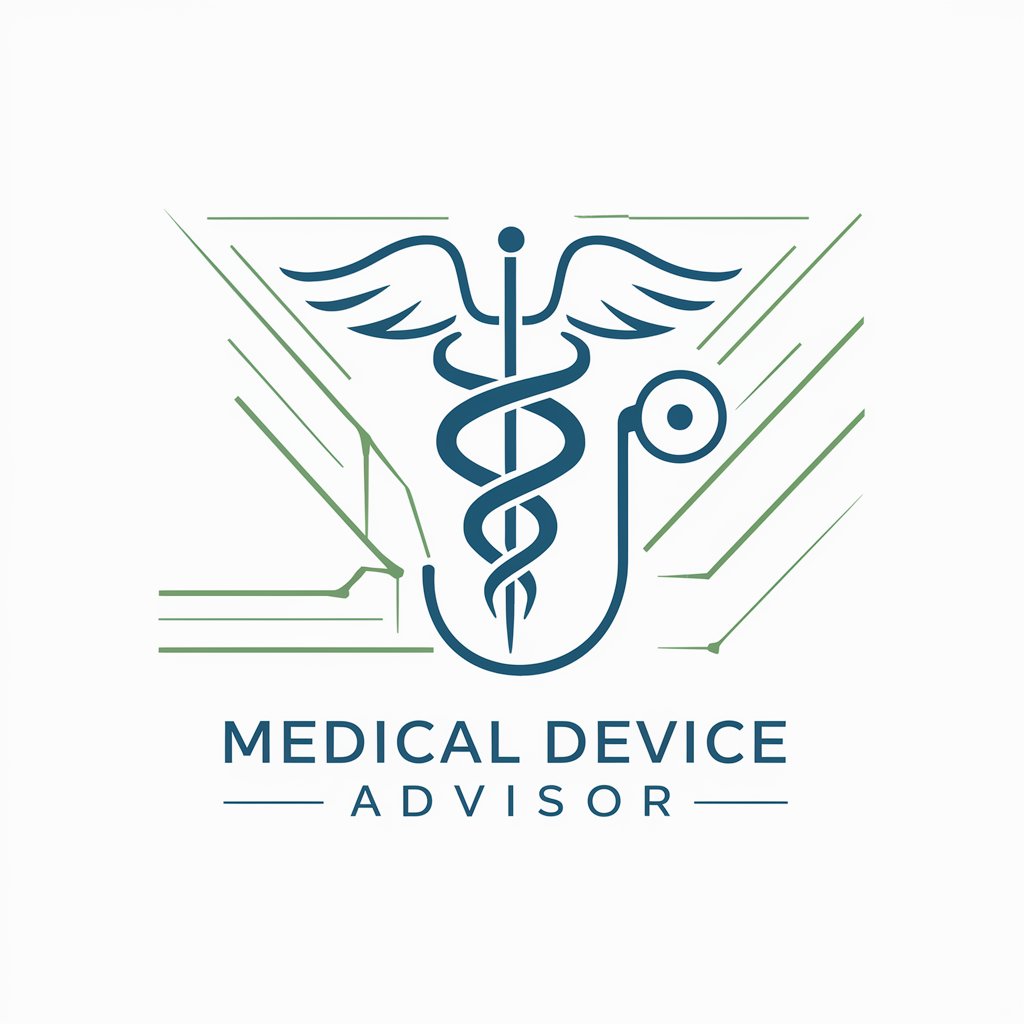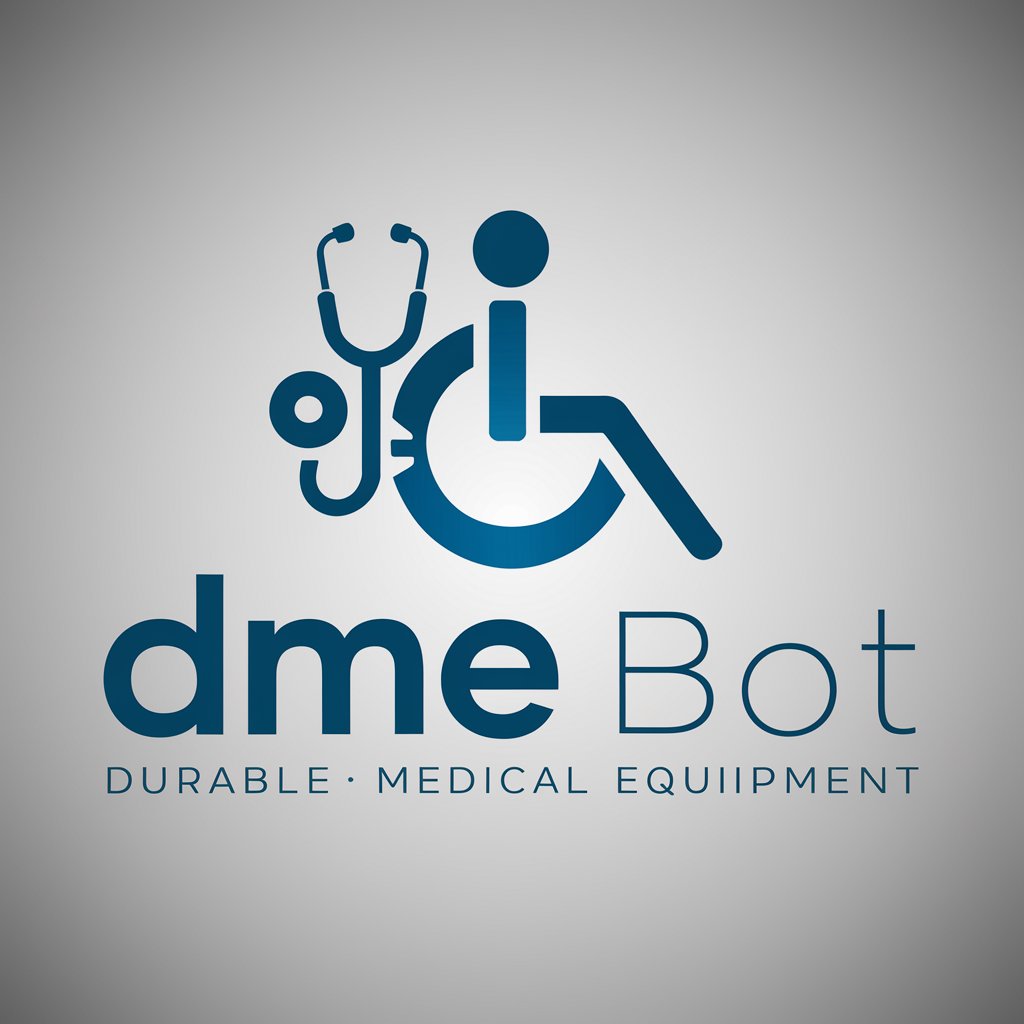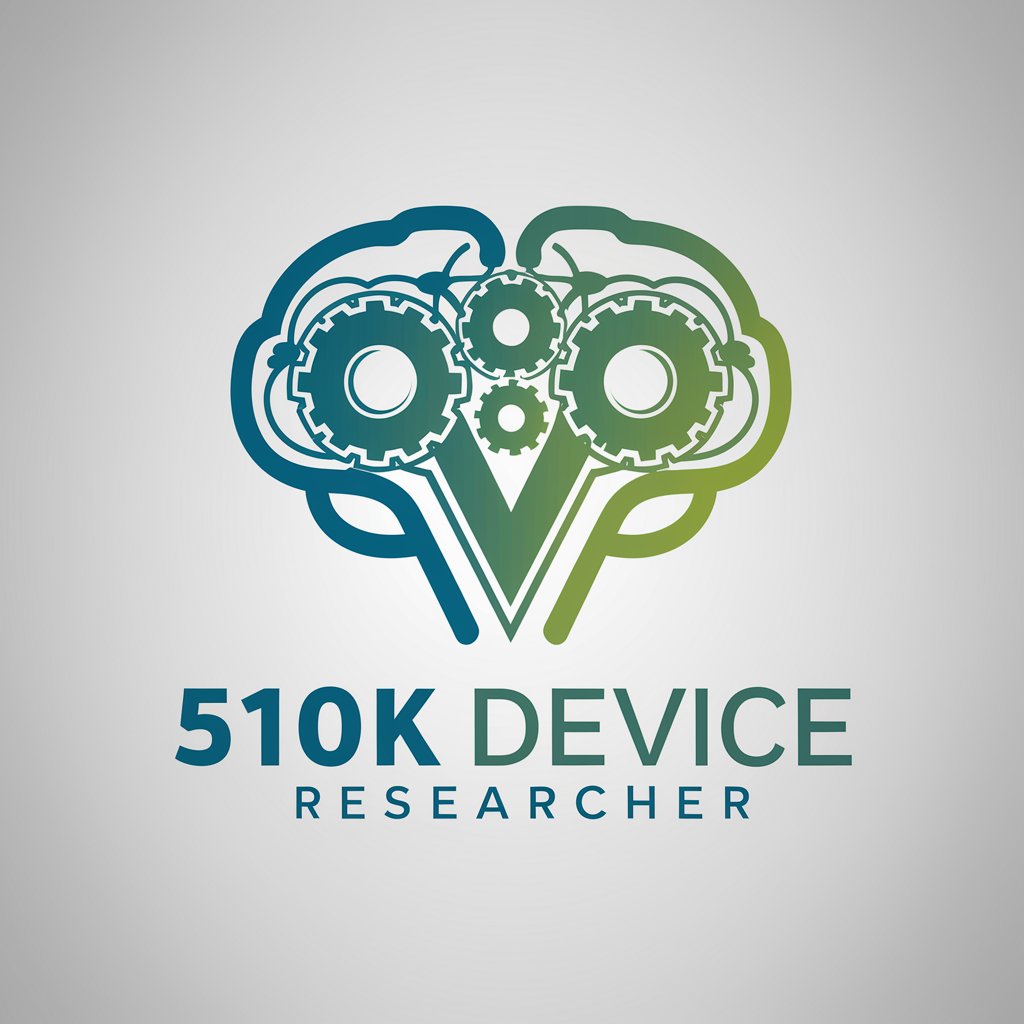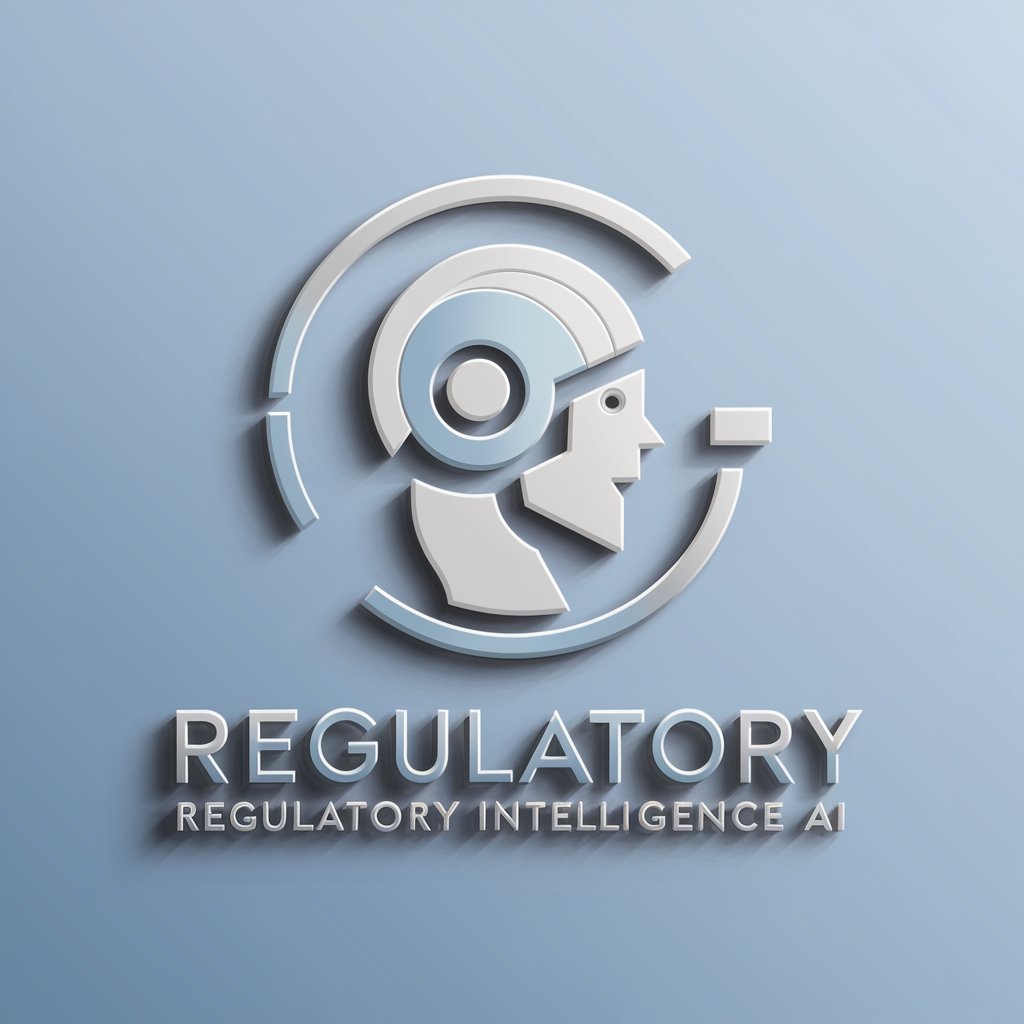
Medical Devices - Medical Device Insights
Welcome! How can I assist you with medical devices and technology?
Empowering healthcare with AI technology
Tell me about the latest in cardiac monitors.
Explain the use of AI in medical imaging.
What are the regulations for medical device approval?
How does a pacemaker work?
Get Embed Code
Overview of Medical Devices
Medical devices encompass a broad range of health care products designed to diagnose, prevent, monitor, treat, or alleviate medical conditions and diseases. Unlike pharmaceuticals that achieve their primary action through pharmacological, metabolic, or immunological means, medical devices act mainly through physical or mechanical means. The design purpose of medical devices varies widely, from simple items like bandages and thermometers to complex technologies such as pacemakers and robotic surgical systems. For example, a heart valve is designed to replace a damaged natural valve, improving blood flow and heart function. Similarly, imaging devices like MRI machines are designed to provide detailed images of the body's internal structures, aiding in accurate diagnosis and treatment planning. Powered by ChatGPT-4o。

Core Functions of Medical Devices
Diagnosis
Example
Blood glucose monitors
Scenario
Used by individuals with diabetes to monitor their blood sugar levels, helping them manage their condition and adjust their insulin dosage accordingly.
Prevention
Example
Vaccination needles
Scenario
Facilitate the delivery of vaccines, playing a crucial role in preventing infectious diseases like influenza or COVID-19.
Monitoring
Example
Wearable fitness trackers
Scenario
Monitor heart rate and activity levels, providing users with data to support healthy lifestyle choices and detect potential health issues early.
Treatment
Example
Automated external defibrillators (AEDs)
Scenario
Provide life-saving defibrillation to individuals experiencing sudden cardiac arrest, significantly increasing survival rates in emergency situations.
Alleviation
Example
TENS (Transcutaneous Electrical Nerve Stimulation) units
Scenario
Used to alleviate pain, such as back pain, by delivering small electrical impulses through electrodes placed on the skin, blocking pain signals sent to the brain.
Target Users of Medical Devices
Healthcare Professionals
Doctors, nurses, and other medical practitioners who utilize medical devices for patient diagnosis, treatment, and monitoring. Their usage spans a wide range of applications from surgical tools to diagnostic imaging equipment, essential for providing quality care.
Patients
Individuals requiring medical intervention for diagnosis, treatment, or management of chronic conditions. Devices like insulin pumps for diabetics, hearing aids for those with hearing loss, and mobility aids for individuals with physical disabilities exemplify how varied and vital these technologies can be.
Researchers and Developers
Scientists and engineers working on the forefront of medical technology to innovate and improve medical devices. Their work involves designing, testing, and implementing new devices that can lead to breakthroughs in medical treatments and diagnostic methods.
Regulatory Authorities
Organizations and entities responsible for the oversight and regulation of medical devices to ensure they meet stringent safety and efficacy standards. Their role is crucial in maintaining public health safety by ensuring that devices on the market are both safe and effective for their intended use.

Guidelines for Using Medical Devices
Start with a Trial
Begin your exploration by visiting a platform offering free trials of medical device simulations or information databases, no login or subscription required.
Understand the Device
Familiarize yourself with the device's purpose, functionality, and operational instructions. This often involves reading the manual or accessing online tutorials.
Check Compatibility
Ensure the device is compatible with your needs or existing systems. This could involve software checks for digital devices or physical compatibility for wearables.
Practice Safe Usage
Follow best practices for safety and hygiene, especially for devices that require physical contact or are used in medical procedures.
Seek Professional Advice
Consult with healthcare professionals to ensure the device is appropriate for your specific health condition or usage scenario, and to receive guidance on optimal use.
Try other advanced and practical GPTs
Dr. BajaWell Hypertension
Empowering Healthier Lives with AI
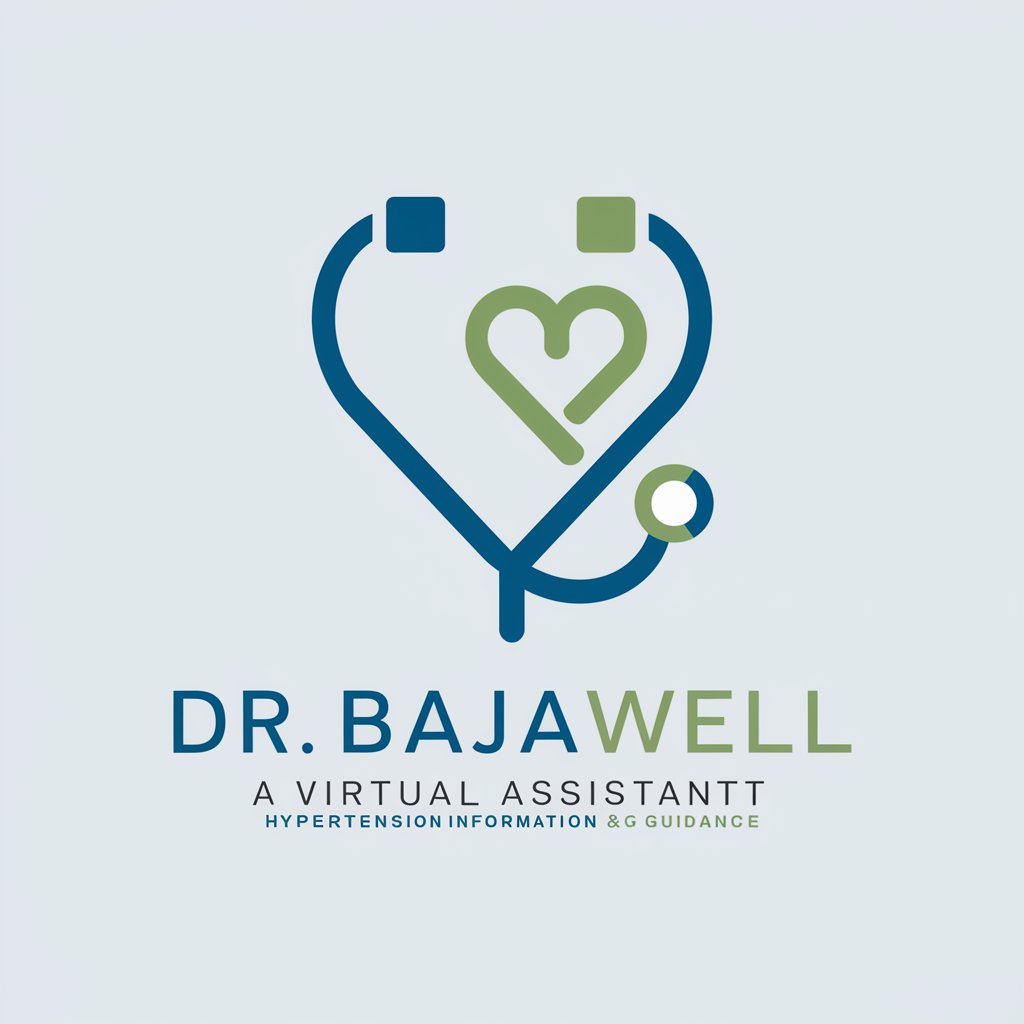
Summarizer Pro
AI-powered, personalized content summarization
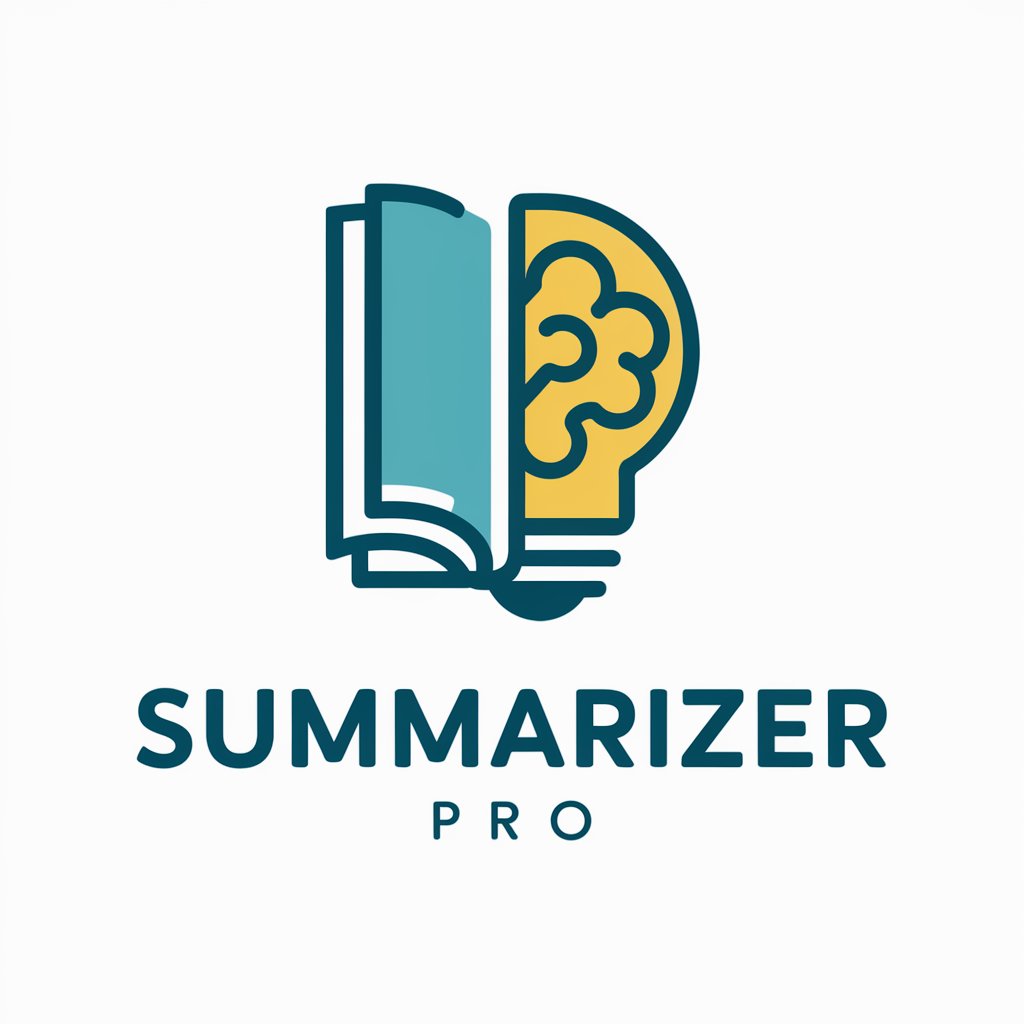
Garage Sale GPT
Navigate sales smarter, with AI.

EUR-Lex Helper
Streamlining EU Legal Research with AI

Hierarchical Topic Mapping Expert
Mapping Complex Topics, Simplified.

Romantic Love Indicator
Decipher Love with AI-Powered Insights

Medical Malpractice Watchdog
Navigating Medical Malpractice with AI Precision
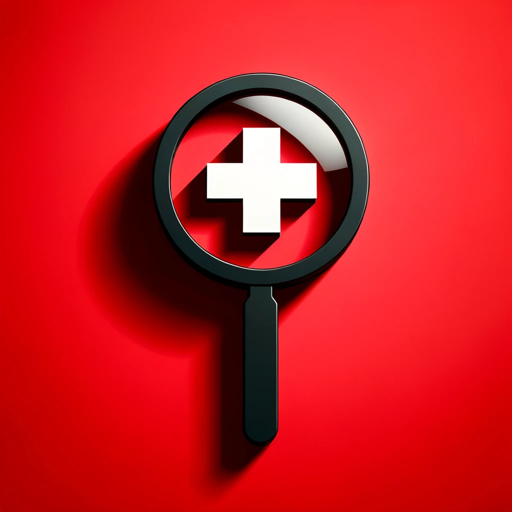
Emergency Medical Technician (EMT)
Empowering emergency care with AI

Blood Pressure
Empowering Heart Health with AI

Scrubs
Empowering Healthcare Professionals with AI-Driven Scrub Insights

EMT (Emergency Medical Technician)
Empowering EMS Knowledge with AI

Bible Parables | What's the message?
Visualize and Understand Biblical Parables with AI

Q&A about Medical Devices
What defines a medical device?
A medical device is any instrument, apparatus, implement, machine, appliance, implant, reagent for in vitro use, software, material, or other similar or related article intended by the manufacturer to be used, alone or in combination, for a medical purpose.
How are medical devices regulated?
Medical devices are regulated through a combination of international standards, national laws, and regulatory agencies. In the U.S., the Food and Drug Administration (FDA) oversees device approval, classification, and compliance.
Can medical devices be used at home?
Yes, many medical devices are designed for home use, ranging from simple thermometers to more complex equipment like blood pressure monitors and wearable health trackers. It's important to follow manufacturer guidelines and consult healthcare professionals for proper use.
How do I know if a medical device is safe?
Ensure the device is FDA approved or has clearance, CE marked in Europe, or meets the regulatory requirements of your region. Look for devices from reputable manufacturers and check for recalls or safety notices.
What are the latest trends in medical device technology?
Recent trends include wearable health technology, telemedicine devices, AI and machine learning applications in diagnostic equipment, and advances in minimally invasive surgery technologies.
